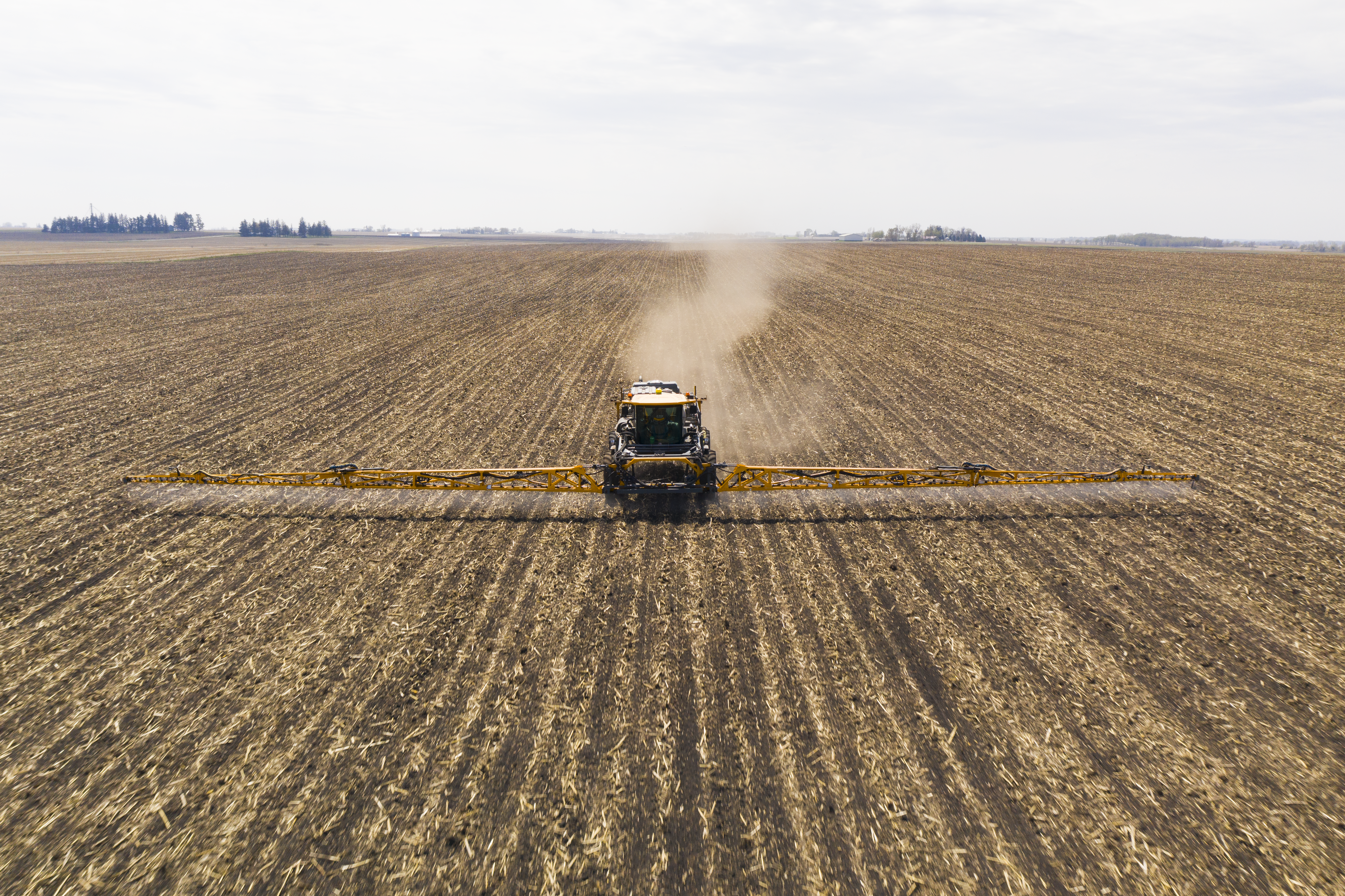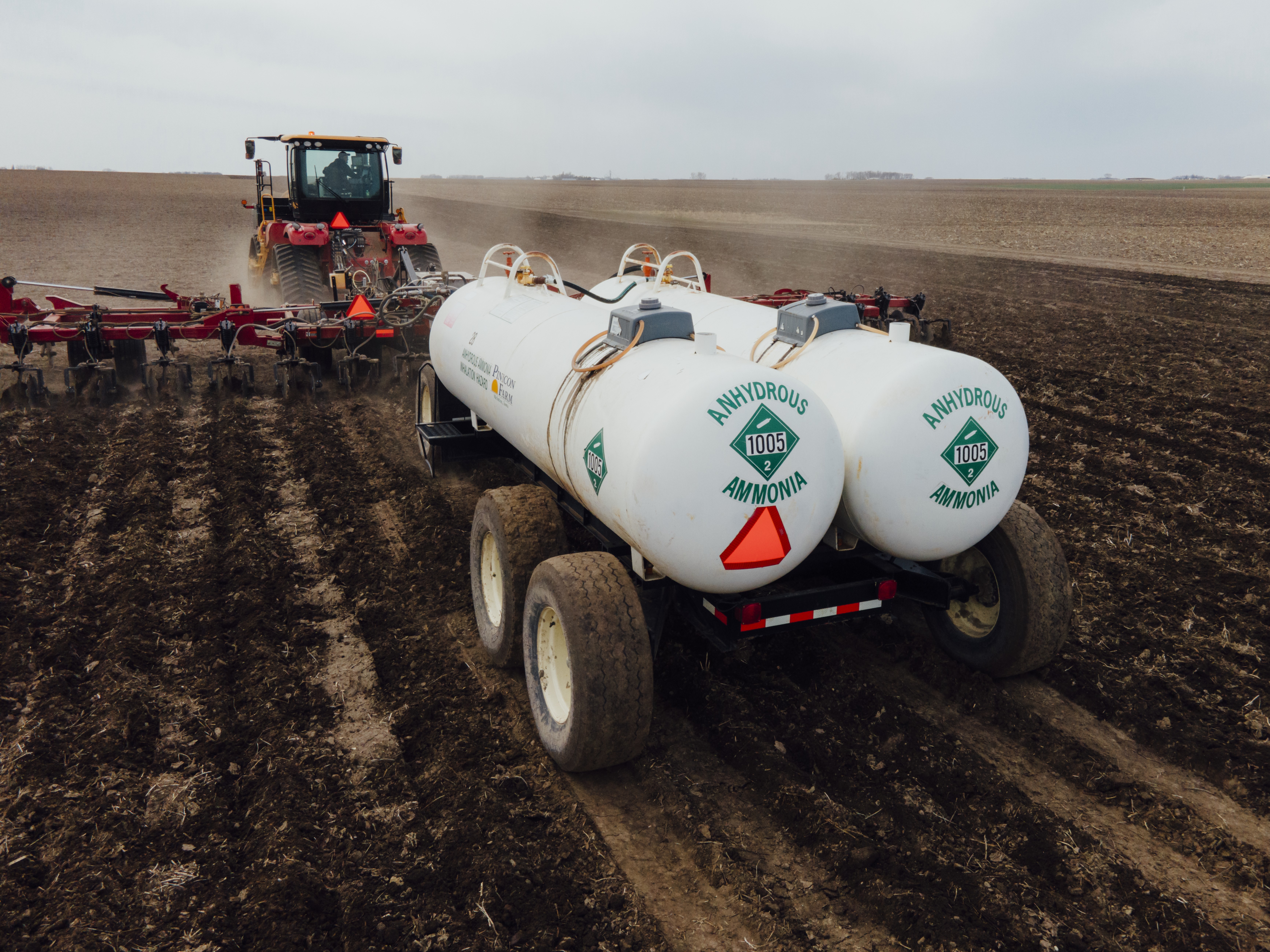Country Selector
Please enter a valid location
Post-harvest tips to prep for spring success

A farmer’s job is never finished, especially when it’s harvest season. Dennis Holland, market development specialist, Corteva Agriscience, offers extra steps to consider this fall to help set fields up for success next spring.
“Postharvest is a good time for farmers to start preparing for the next season,” Holland says. “It will benefit them in the long run, as it lays the foundation for next season.”
Below are ideas farmers should consider as they make preparations for 2026.
Take advantage of fall burndown herbicides
A fall burndown delivers many benefits, including improved weed management and increased yield potential. If winter annuals, like henbit or horseweed (marestail), aren’t taken care of early, they can wreak havoc on fields and make management harder come spring. Holland recommends a fall burndown application with a product such as Elevore® herbicide to reduce the weed seedbank.

“It’s crucial to control weeds early, as that’s when weeds are most vulnerable,” Holland says. “A fall burndown herbicide application helps manage tough winter weeds before they’ve had time to germinate. It eliminates the threat of troublesome weeds in the spring and reduces competition for nutrients.”
Maximize fall-applied nitrogen
Like all fieldwork completed after harvest, fall-applied nitrogen decreases the springtime to-do list. Additionally, fall weather conditions can provide more opportune timing for applications of nitrogen, as soils are typically drier and more suitable to reduce soil compaction. Wet conditions in the spring can lead to missed preplant applications. If farmers make a nitrogen application this fall, Holland recommends they protect their nitrogen with a proven stabilizer, such as N-Serve® nitrogen stabilizer or Instinct NXTGEN® nitrogen stabilizer.
“Because nitrogen is a costly input, farmers should protect their investment with a proven nitrogen stabilizer,” Holland says. “A stabilizer helps extend nitrogen availability in the soil from the moment it’s applied through key corn growth stages.”

Prioritize additional weed management practices
Holland says after harvest retailers can start working with farmers on developing next year’s weed management plan. He advises implementing a program approach to weed control that includes herbicides with multiple modes of action to combat tough weeds and resistance development. A program approach also can include tillage to reduce weed populations and aids in crop residue management. Planting fall cover crops is another weed control strategy that can suppress the growth of troublesome weeds while also enhancing soil health among other benefits.
For more postharvest tips to help get their fields ready for next year, contact your local Corteva Agriscience representative or visit Corteva.us.
Elevore® and Instinct NXTGEN® are not registered for sale or use in all states. Contact your state pesticide regulatory agency to determine if a product is registered for sale or use in your state. Do not fall-apply anhydrous ammonia south of Highway 16 in the state of Illinois. Always read and follow label directions.
The More You Grow
Find expert insights on agronomics, crop protection, farm operations and more.
